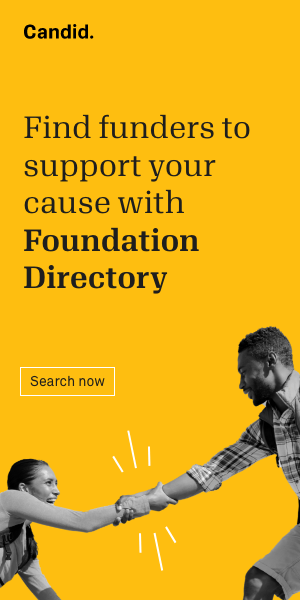Fundraising for Tsunami Relief Transformed by Internet
As images of the devastation caused by the Indian Ocean tsunami continue to dominate headlines and news broadcasts, Americans have turned to the Internet in record numbers to send donations to relief organizations providing relief to victims of the disaster.
Executives at San Diego-based Kintera, an applications service provider for nonprofits, estimate that more than $500 million has already been donated by individuals online, and they expect that relief organizations responding to the disaster ultimately will raise a record amount online. "The generosity of donors is really unprecedented, and the Internet is making this a reality," John Hartman, Kintera vice president of client services, told InternetWeek.
Of course, most online donors use credit cards, with services such as PayPal and online banking accounts providing alternative methods. In fact, nearly 85 percent of the more than $35 million UNICEF raised for tsunami relief in the ten days following the disaster was through online credit card transactions, the Wall Street Journal reports. Tim Ledwith, director of interactive donor communications at the U.S. Fund for UNICEF, said that because credit card donations are transmitted electronically, his organization has access to the money within seventy-two hours, versus several weeks when the money is sent via direct mail. "It's a very quick process," said Ledwith. "[And] it can only increase the amount of assistance that will be available for emergency supplies and the speed at which they can be transported."
Not only are credit-card contributions faster, they tend to be for larger amounts. A survey of four hundred nonprofits conducted by Network for Good found that in 2003 the average donation to charities that fund-raise through the site was $121, nearly five times the average donation made by check. Online donations also save nonprofits money because the cost of processing them — 2 to 3 percent of the total — is far less than the cost of handling donations by mail.
All of which leads some observers to predict an eventual transformation in the way in which people contribute to charity and charities raise funds. "What we're seeing is the natural growth of any market occurring," said David Goldstein, president of the Dallas market research firm CMC International. "People are more comfortable doing things online — buying things, sending e-mails, donating money, contributing to political campaigns. That's only going to grow."





